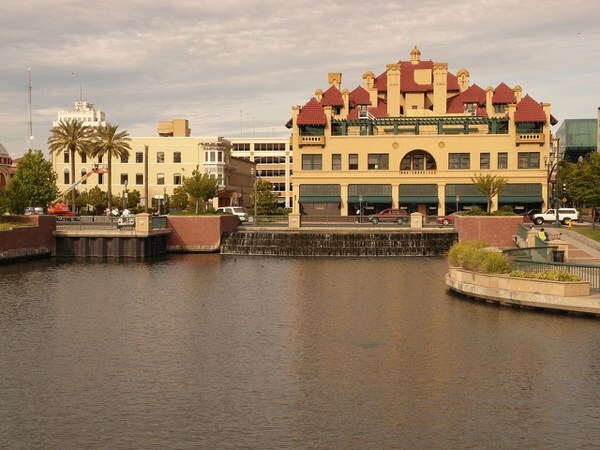Will Los Angeles Follow Stockton's Lead of Bankruptcy?

The City of Stockton, the now-infamous port city located in Northern California, is declaring bankruptcy. It is the largest U.S. City to take the drastic step of declaring bankruptcy. Stockton is facing a $26 million budget deficit, it has stopped making bond payments, and employee pay, and health and insurance benefits, have been cut significantly.
Is Los Angeles next? There is no doubt that it is in bad shape financially -- and I mean really bad shape. But for a number of reasons I do not think Los Angeles will go the way of Stockton. Its leaders, hopefully, still have a few more tricks up their sleeves. The key here will be to look at other available options.
The situation in Stockton is unique for a few reasons. First, Stockton was among those cities leading the country in foreclosures. Indeed it has the second highest rate in the country. Too many people bought houses they can no longer afford. When houses are foreclosed banks lose money and the government loses property tax revenue. That is and was a huge issue in Stockton. Second, Stockton gave public employees salaries and benefits that the city, in hindsight, simply could not afford.
Here, Los Angeles' chief administrative officer, Miguel Santana, is pushing hard for both higher taxes and lower spending. Los Angeles is and should consider adjusting the retirement age for new city employees. We are also exploring the option of outsourcing or partnering with non-profits to help run the zoo and other city-run properties.
Stockton joins thirteen jurisdictions that declared bankruptcy last year, and seven that filed for bankruptcy this year. That is a marked increase in the number of jurisdictions declaring bankruptcy. Hopefully Los Angeles will buck this truly disheartening trend.
Jessica Levinson writes about the intersection of law and government in Los Angeles every week. She is a Visiting Professor at Loyola Law School. Read more of her posts here.


